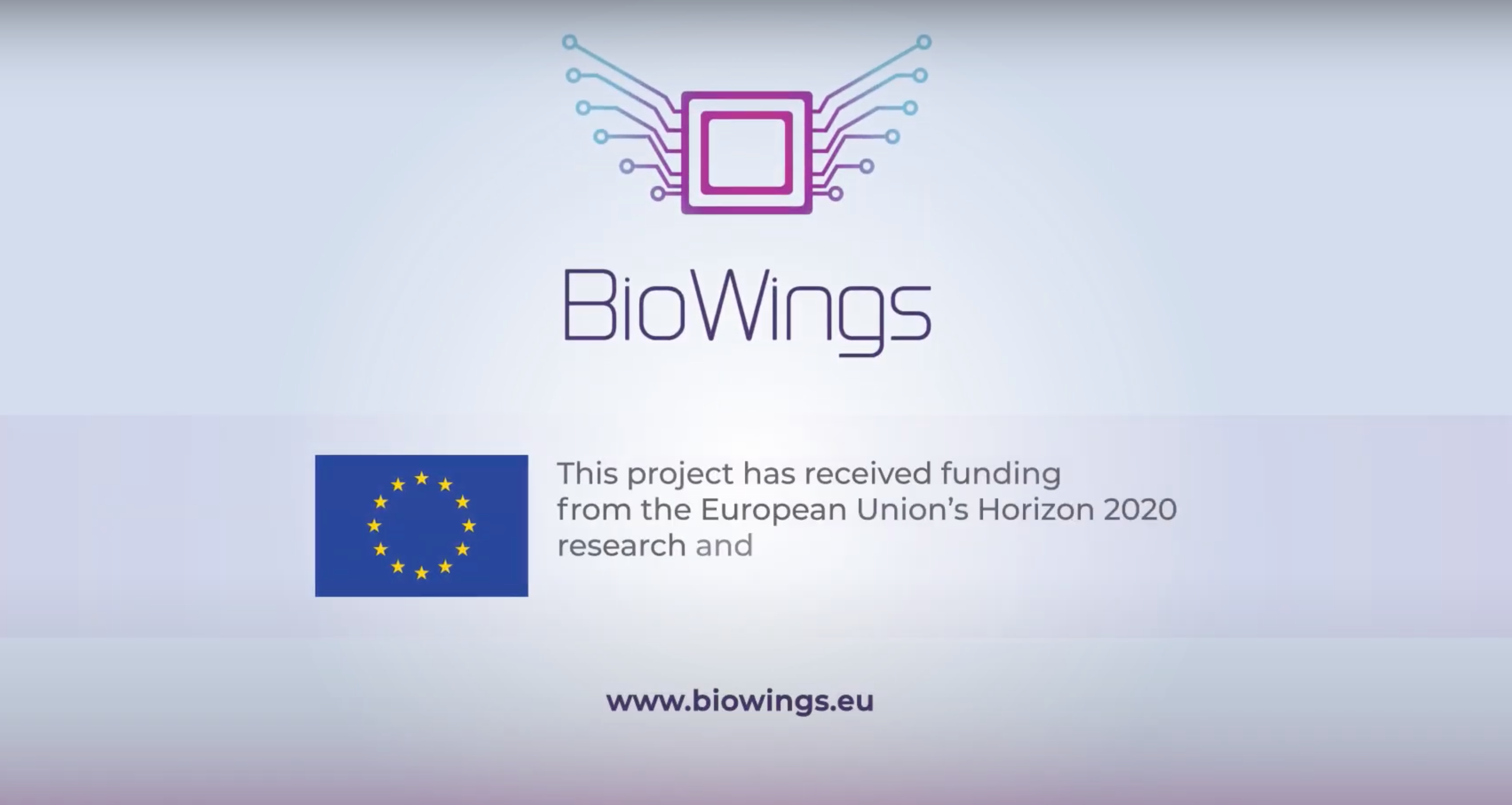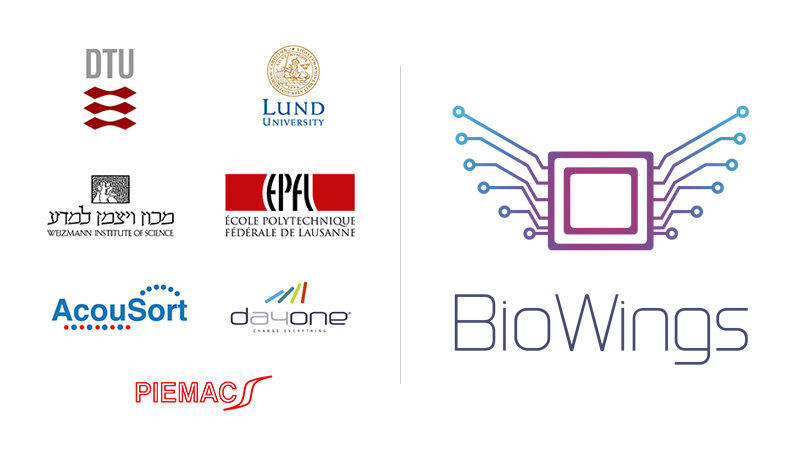
How can BioWings help AcouSort save lives using thin-film actuated acoustofluidics?
The BioWings project is helping to solve one of the most important challenges for bringing acoustofluidics out into the healthcare setting – namely being able to repeatably produce diagnostic and therapeutic modules in an industrial manner.
What is acoustofluidics and how can it save lives?
Acoustofluidics is the science and technology of using sound to move cells and other particles around in a microfluidic chip. In AcouSort’s products this can for instance be used to pick out the cells you want to find in a patient blood sample, remove all the cells to be able to measure diagnostic markers in the blood plasma, or to capture tiny vesicles carrying important diagnostic information. Research from Lund University and many other research institutions shows that this can be used to isolate cancer cells, bacteria and diagnostic markers for a wide range of diseases. AcouSort is already selling instruments that are used in research labs and is working together with some of the major global medtech companies to use the technology in tomorrow’s diagnostic and therapeutic instruments.
How can the thin film technologies from BioWings help?
Currently we generate the sound necessary to move cells and vesicles around by gluing ultrasound transducers to the acoustofluidic chips in our research instruments and diagnostic modules. This works well, but it is also hard to automate for large scale low cost manufacturing.
Here, the technologies developed in the BioWings project come in very handy. Material Science researchers at The Technical University of Denmark (DTU), The Weizmann Institute, École polytechnique fédérale de Lausanne (EPFL) and PIEMACS have developed films thinner than a hair that can be deposited directly onto the acoustofluidic chips. By applying an alternating voltage across the film, sound waves will be created that can then move cells around inside the chip. These films may be deposited onto the chips with great precision and repeatability even in large scale manufacturing, paving the way for bringing acoustofluidics to the hospital wards and labs.
What’s next?
This invention was picked up by the EU Innovation Radar and is the basis for a patent application and the new AcouSome project starting January 2023. Here the technology will be used in a module to separate out and capture tiny vesicles from blood for medical research and diagnostics, all thanks to the progress in the BioWings project!






